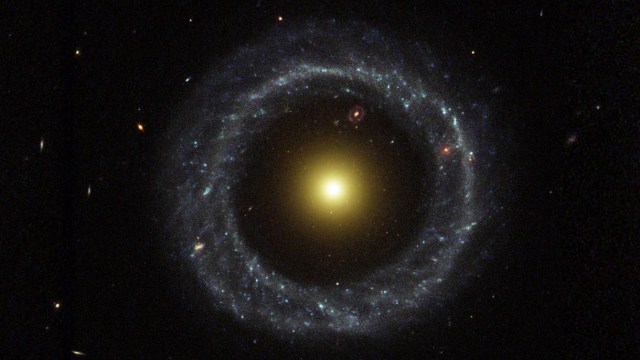Harvard researchers have found the source of human consciousness

What is human consciousness and where does it come from? Throughout the ages, some of our greatest minds have probed this question, and struggled to find answers. Today, different disciplines offer varying definitions. One theory says it is meta-cognition or our ability to ponder our own thought process. Another states it is our capacity to recognize our own mortality, and another still, to be able to imagine future scenarios, and make plans for them.
Scientists too have had difficulty, particularly in finding the source of what we experience continuously from one moment to the next, which makes us human, and which is what we lament in those stuck in a coma or a vegetative state. Those poor souls been stripped of something we feel is elemental to who we are, and worse still, they remind us just how fragile our own consciousness is.
Classical neurology defines consciousness as the ongoing process of arousal and awareness. Its origin however, has been much harder to pinpoint. Now, researchers at Harvard Medical School, along with colleagues at the Beth Israel Deaconess Medical Center, have discovered the neural network from which consciousness derives.
We’ve known for some time that the brainstem regulates arousal, what neurosurgeon Richard M. Bergland called the “spark plug of consciousness.” This is the oldest and deepest part of the brain. The starting point for the spinal cord, the brainstem controls breathing, heart function, and the sleep-wake cycle. But where awareness emanates from has long been a mystery. Previous speculations say it resides in the cortex, the newest parts of the brain, and its outermost layer.
For the first time, neuroscientists have found a connection between these two regions, according to Michael D. Fox, MD, PhD, a researcher on this study. “A lot of pieces of evidence all came together to point to this network,” he said. To conduct the study, Fox and colleagues recruited 36 patients with brainstem lesions. 12 of these were in a coma and the remaining 24 conscious.

Map of the human connectome or connections between brain regions.
Those subjects who were unconscious showed damage to a small area of the brainstem known as the rostral dorsolateral pontine tegmentum. “When it is damaged, almost every patient became comatose,” Fox said. Only one of the 24 conscious patients did not see damage to this area of the brainstem. Due to this, researchers established that the tiny region plays a vital role in consciousness. Next, the neuroscientists turned to a map of the human connectome to investigate the connections between regions. They found two areas in the cortex connected to this part of the brainstem. That led them to believe that these three regions make up a neural network from which, consciousness derives.
Where exactly these connections terminate in the cortex is not yet known. One ends at a part called the left, ventral, anterior insula (AI). The other concludes in the pregenual anterior cingulate cortex (pACC). Both areas are associated with awareness. But this is the first time they have been implicated in a neural network, never mind one which creates and maintains consciousness. In a follow-up segment, researchers examined the brains of 45 patients in a coma or vegetative state with an fMRI. They found in all the patients that these three regions were out of commission.
Other research must verify these findings. Even so, it looks like an incredible step forward which impacts not only neurology but medicine and even philosophy. Fox and colleagues believe that someday we may better understand those who are in a coma or a vegetative state, and may even find novel treatment options to help those patients “wake up.”
—





